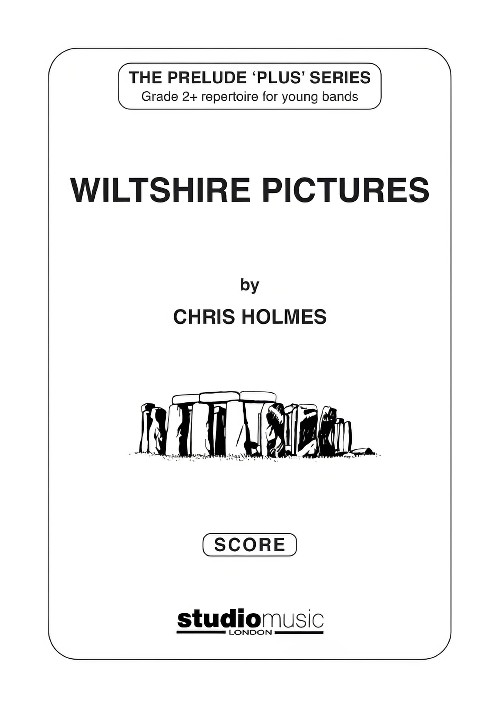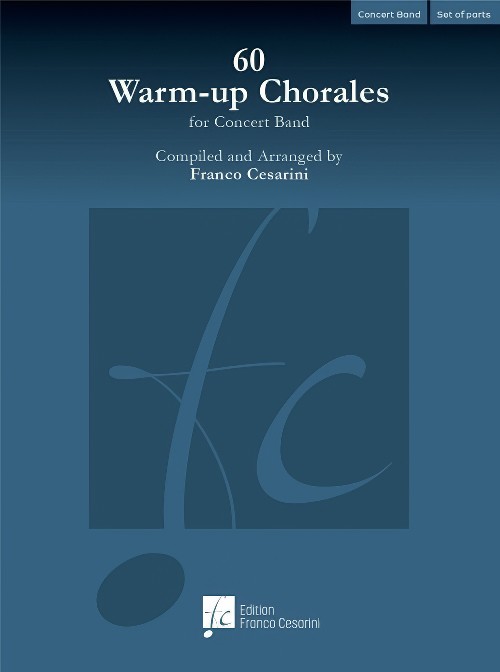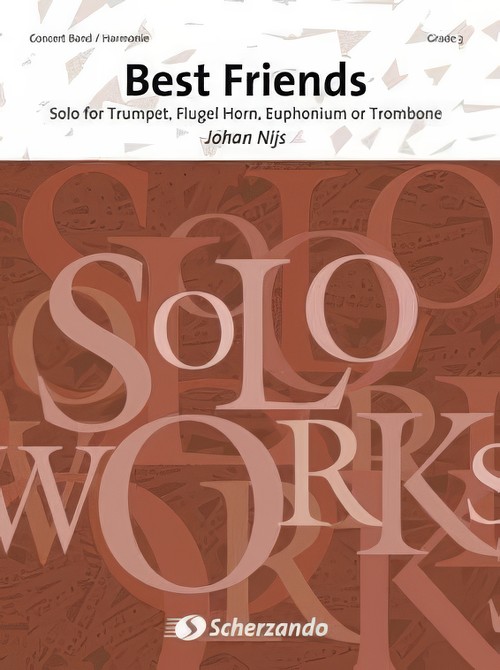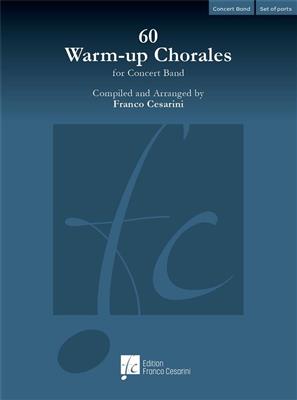Results
-
 £435.40
£435.40Goldberg 2012 - Svein H. Giske
The first time I heard Bach's Goldberg Variations was in the movie Silence of the lambs, in the early 1990s. I noticed the beautiful background music in one of the scenes, but at that time I didn't know what it was. A few years later, when I was studiying at the Grieg Academy, I got to know the entire piece. For me, this is a piece of music which I can listen to countless times. I think it sounds as fresh today as it did more than 15 years ago and it never ceases to inspire me. Both Bach's composition and Glenn Gould's famous 1955 recording (which was the first one I heard) still makes a great impression on me. Before Gould recorded it at age 22, it wasn't a highly ranked piece amongst pianists and Bach was by many viewed as a bit old-fashioned. The young Canadian turned all this around. He managed to portray Bach in a reformed way, producing fine nuances in phrasing and making the many layers in Bach's music more transparent than anyone before him. Thus he plunged both himself and Bach (back) onto the international music scene. When The Norwegian Band Federation (NMF) asked me to write the test piece for NM in 2012, it was only natural for me to use the Goldberg Variations as a starting point and inspiration for my work. Since I was a teenager at NMF's summer courses in the mid eighties I've always listened to many different styles of music. Growing up in Sunnmre with the Brazz Brothers as teachers and mentors, jazz-, pop/rock- and folk music were early on a natural part of my musical background. I also have my classical education from the Grieg Academy on trumpet. As the title of my piece implies, I've wanted to bring Bach to the present and put his music into various modern musical landscapes. I think you can bring about a special kind of energy when music from different genres are mixed and I've tried to do this by mixing Bach with artists and musical styles from the present. In Goldberg 2012, the music is often constructed by several layers, which in a way are living parallel musical lives. They are seemingly moving or floating freely, almost unaware of each other, but bound together by the same basic pulse. The rythms, however, are often notated on a different rythmic subdivision level than the usual 8th- or 16th note levels. By doing this, I hope to achieve transparent sounds that rythmically are perceived as more free and detached from each other. In large sections of the piece, pop/jazz is fusioned with elements from Bach. I guess you could have this little scene as a synopsis for the piece: picture a group of musicians meeting: some are classical performers, some are jazz. They start to improvise together, each in their own voice or musical dialect and I'm sort of in the middle, trying to write down what they are playing. This is what I feel much of Goldberg 2012 is about. The foundation of the piece, in addition to Bach and references from pop/jazz music, lies also in my own material. This material, basically two chords, is heard in it's purest form in the 1st movement. I use these chords to create scales, new chords and different motifs which contribute to blend together the different moods of the piece. It has not been my intention to copy Bach's form (theme and 30 variations), but rather to use the bits and pieces that I like the most as an inspiration for my own variations. The 1st movement, Aria 2, is for my 3rd son, Olav, who was born on the 21st of April 2011, and the 5th movement, From long ago, is dedicated to the memory of my father, Svein J. Giske, who passed away on the 6th of June 2011. -Svein H. Giske, January 2012-
Estimated dispatch 7-14 working days
-
 £59.95
£59.95Wiltshire Pictures (Concert Band - Score and Parts) - Holmes, Chris
Movement 1: Army on the Plain - More than 10% of Wiltshire is used by the Army for training, and all of it takes place on Salisbury Plain. As well as tanks and weapons of all sizes, there is plenty of marching!Movement 2: Spire - Since 1549 Salisbury Cathedral has had the tallest spire in the UK, at 123 metres. Majestic and awesome it soars over the elegant and peaceful Cathedral Close.Movement 3: Sarsen Stones - Stonehenge's vertical Sarsens weigh 20 tonnes and stand 7 metres tall, they are heavy!Movement 4: Moonrakers - From the 15th to the 18th century, there was much smuggling of illegal gin in Wiltshire. The story goes that a group that was trying to rake out barrels hidden in a village pond, and surprised by the Excisemen, feigned stupidity. They told the Excisemen they were trying to rake in the moon, reflected on the ponds surface. They were believed and left in peace! Wiltshire folk can still call themselves Moonrakers.Duration: 11:15
Estimated dispatch 7-14 working days
-
 £11.95
£11.95Wiltshire Pictures (Concert Band - Score only) - Holmes, Chris
Movement 1: Army on the Plain - More than 10% of Wiltshire is used by the Army for training, and all of it takes place on Salisbury Plain. As well as tanks and weapons of all sizes, there is plenty of marching!Movement 2: Spire - Since 1549 Salisbury Cathedral has had the tallest spire in the UK, at 123 metres. Majestic and awesome it soars over the elegant and peaceful Cathedral Close.Movement 3: Sarsen Stones - Stonehenge's vertical Sarsens weigh 20 tonnes and stand 7 metres tall, they are heavy!Movement 4: Moonrakers - From the 15th to the 18th century, there was much smuggling of illegal gin in Wiltshire. The story goes that a group that was trying to rake out barrels hidden in a village pond, and surprised by the Excisemen, feigned stupidity. They told the Excisemen they were trying to rake in the moon, reflected on the ponds surface. They were believed and left in peace! Wiltshire folk can still call themselves Moonrakers.Duration: 11:15
Estimated dispatch 7-14 working days
-
 £149.40
£149.40Josefs Julevise - Halvdan Sivertsen
Halvdan Sivertsen (born 1950) is one of the most popular singer/ songwriters in Norway. He is well know as a first-class storyteller, and he has a strong melodic line in all his music. This Christmas song was first recorded in 1991 and it has become a Norwegian classic. The lyrics tell the story of a couple travelling through time to find a city with bright lights, where they hear people sing about the couple who are about to have their first baby. But still this couple can not find anybody willing to help them, and they are forced to go back 2000 years, to find the stable where they find some shelter. Maybe they should have travelled further ahead in time in the firstplace, to find people willing to open their door to the poor and needing?
Estimated dispatch 7-14 working days
-
 £47.50
£47.50Christmas Elves in Santa's Workshop - Mike Hannickel
Take advantage of some of the silly voices your young band students can create with this whimsical visit to Santa's workshop. Lots of workshop tool sound effects combine with some Christmas favorites to show the audience theworkshop from the Elves' point of view. They need paint, they need googly eyes, they need nails, they need A BREAK! (Grade 1/2)
Estimated dispatch 7-14 working days
-
 £175.00
£175.0060 Warm-Up Chorales (Concert Band - Score and Parts) - Cesarini, Franco
During his experience as a band conductor and teacher of wind orchestra conducting at university, Franco Cesarini has dealt with the topic of warm-ups very frequently. Throughout these long years of conducting he has had the opportunity to try many existing methods, evaluating their advantages and disadvantages. After a long time, he has decided to compile a collection of chorales for warm-ups, which are organised according to the criteria that he considers most effective. While working on his60 Warm-up Chorales for Concert Band, Franco Cesarini has always borne in mind that amateur musicians play for pleasure. He feels that it is extremely important that they have satisfaction at every moment of the rehearsal and not to start the rehearsal with needless "punishing" exercises. Nobody is really motivated to start playing with scales, long notes, or tricky rhythmical exercises. There is often a distinguished absentee in band rehearsals, namely music itself! Although this publication does not foresee a specific tempo for the chorales, they should often be performed rather slowly but without dragging. Dynamics are not indicated, so that the conductor has the opportunity to draw the attention of the musicians to his gestures and to make them react according to his indications. Timpani and bell parts have been added with the aim of not leaving the percussionists completely inactive during the warm-up phase, but can also be omitted. The chorales are written in four parts (SATB) and are also playable in smaller groups. The four voices can be played in different combinations of woodwinds or brass quartets or in mixed combinations. The collection includes ten chorales for the following keys: D flat major, A flat major, E flat major, B flat major, F major and C major. With his 60 Warm-up Chorales Franco Cesarini would like to convey the message to play the chorales in a musical way, thus raising the musicians' awareness of phrasing, the right interpretation of cadences, rubato and agogic. Above all, never do anything without putting the musical aspect in the foreground. 60 Warm-up Chorales for Concert Band: A perfect collection to warm-up and improve tuning of a concert band!
Estimated dispatch 7-14 working days
-
 £84.99
£84.99Best Friends (Flexible Solo with Concert Band - Score and Parts) - Nijs, Johan
Solo for Trumpet, Flugel Horn, Euphonium or TromboneFriends are of the utmost importance in any person's life. True friends can always count on one another, even if they don't meet up as often as they might wish. With Best Friends, the Belgian composer Johan Nijs portrays this theme in a wonderful ballad that can be played on the trumpet, euphonium or trombone. A great chance to put one of your players in the spotlight.Duration: 3:15
Estimated dispatch 7-14 working days
-
 £168.50
£168.5060 Warm-up Chorales for Concert Band
During his experience as a band conductor and teacher of wind orchestra conducting at university, Franco Cesarini has dealt with the topic of warm-ups very frequently. Throughout these long years of conducting he has had the opportunity to try many existing methods, evaluating their advantages and disadvantages.After a long time, he has decided to compile a collection of chorales for warm-ups, which are organized according to the criteria that he considers most effective.While working on his60 Warm-up Chorales for Concert Band, Franco Cesarini has always borne in mind that amateur musicians play for pleasure.He feels that it is extremely important that they have satisfaction at every moment of the rehearsal and not to start the rehearsal with needless "punishing" exercises. Nobody is really motivated to start playing with scales, long notes, or tricky rhythmical exercises. There is often a distinguished absentee in band rehearsals, namely music itself!Although this publication does not foresee a specific tempo for the chorales, they should often be performed rather slowly but without dragging.Dynamics are not indicated, so that the conductor has the opportunity to draw the attention of the musicians to his gestures and to make them react according to his indications.Timpani and bell parts have been added with the aim of not leaving the percussionists completely inactive during the warm-up phase, but can also be omitted.The chorales are written in four parts (SATB) and are also playable in smaller groups. The four voices can be played in different combinations of woodwinds or brass quartets or in mixed combinations.The collection includes ten chorales for the following keys: D flat major, A flat major, E flat major, B flat major, F major and C major.With his 60 Warm-up Chorales Franco Cesarini would like to convey the message to play the chorales in a musical way, thus raising the musicians' awareness of phrasing, the right interpretation of cadences, rubato and agogic.Above all, never do anything without putting the musical aspect in the foreground. 60 Warm-up Chorales for Concert Band: A perfect collection to warm-up and improve tuning of a concert band!
Estimated dispatch 7-14 working days
-
 £79.99
£79.99Scalin' and Wailin' - Thomas C. Duffy
Scalin' and Wailin' is a flexible, fun piece written with a differentiated instruction model. Three different difficulty levels meet students where they're at in their development and allows space for each to grow. This piece is also ideal for educators and conductors looking for side by side programming - younger ensembles can all play within the easiest group and more advanced ensembles can play within the more difficult groups, all fitting together in one energetic piece. Celebrate BandQuest's 20th anniversary with this special release, and find what works for your ensemble! BandQuest, an exciting series of new music and accompanying curricula for band, is a program published by the American Composers Forum. The series was started as a response to feedback from music educators that there is a pressing need for new, fresh band music. The heart of this program is new works written by a diverse group of leading American composers who have created challenging pieces that are a true departure from standard middle school repertoire. Every BandQuest project includes a residency component in which the composer works collaboratively with a middle school as they create their new piece. Many BandQuest pieces are accompanied by an interdisciplinary curriculum designed to assist students as they learn the music and to integrate each piece with non-music studies. Visit www.bandquest.org to learn more about this innovative series, and email [email protected] to request a free downloadable audio catalog.
Estimated dispatch 7-14 working days
-
 £84.99
£84.99Best Friends - Johan Nijs
Friends are of the utmost importance in any person's life. True friends can always count on one another, even if they don't meet up as often as they might wish. With Best Friends, the Belgian composer Johan Nijs portrays this themein a wonderful ballad that can be played on the trumpet, euphonium or trombone. A great chance to put one of your players in the spotlight.
Estimated dispatch 7-14 working days
